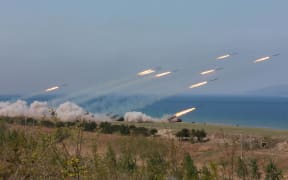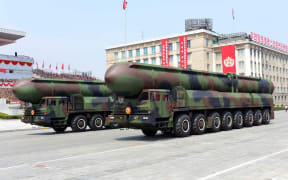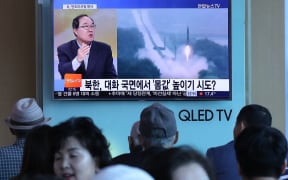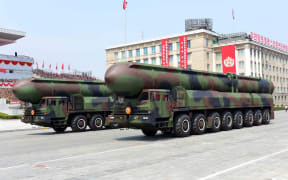First Person - Waking to the news of another missile test by North Korea takes on a whole new perspective when you're in a country that's within range.
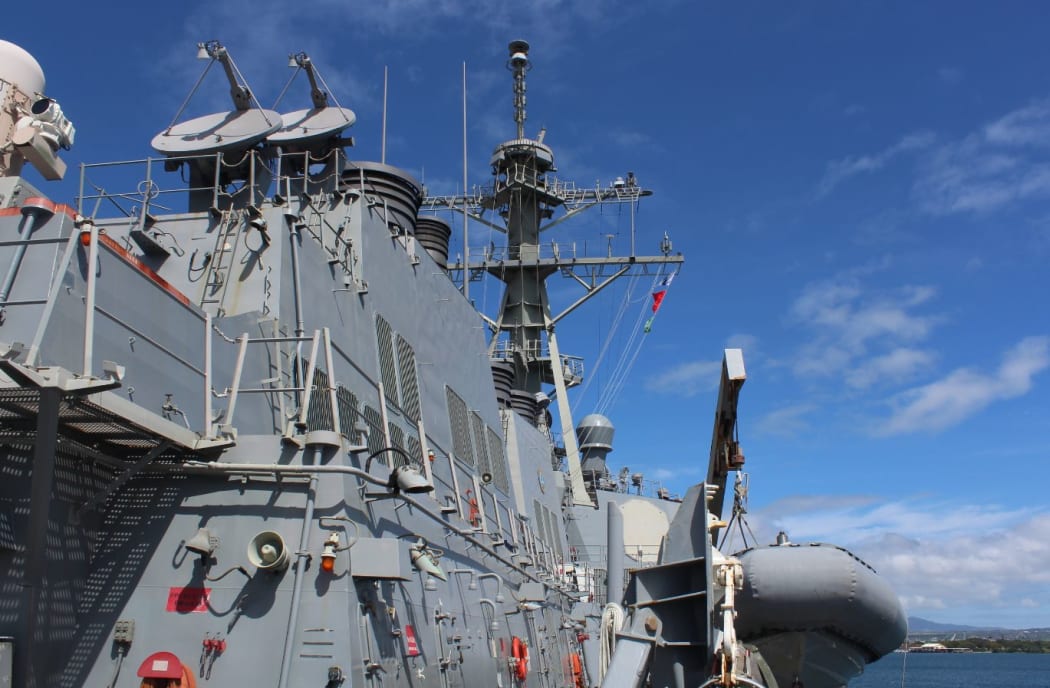
USS John Paul Jones. Photo: RNZ / Philippa Tolley
As yet another test rocket takes to the skies, the local debate seems to veer between those who say nothing will ever happen and those who talk about defence such as the US.
Of all of the states, Hawai'i is closest to those test missiles.
It's also a place where the presence of the military is tangible. The state is home to Pacific Command, one of the six geographic US Armed Forces. There are 375,000 or so military and civilian personnel are assigned to Pacific Command.
The sheer scale of that military presence means it's the second biggest contributor to the state's economy after tourism.
Then there is Pearl Harbour; the site of the Japanese attack on the US fleet that launched America into World War II.
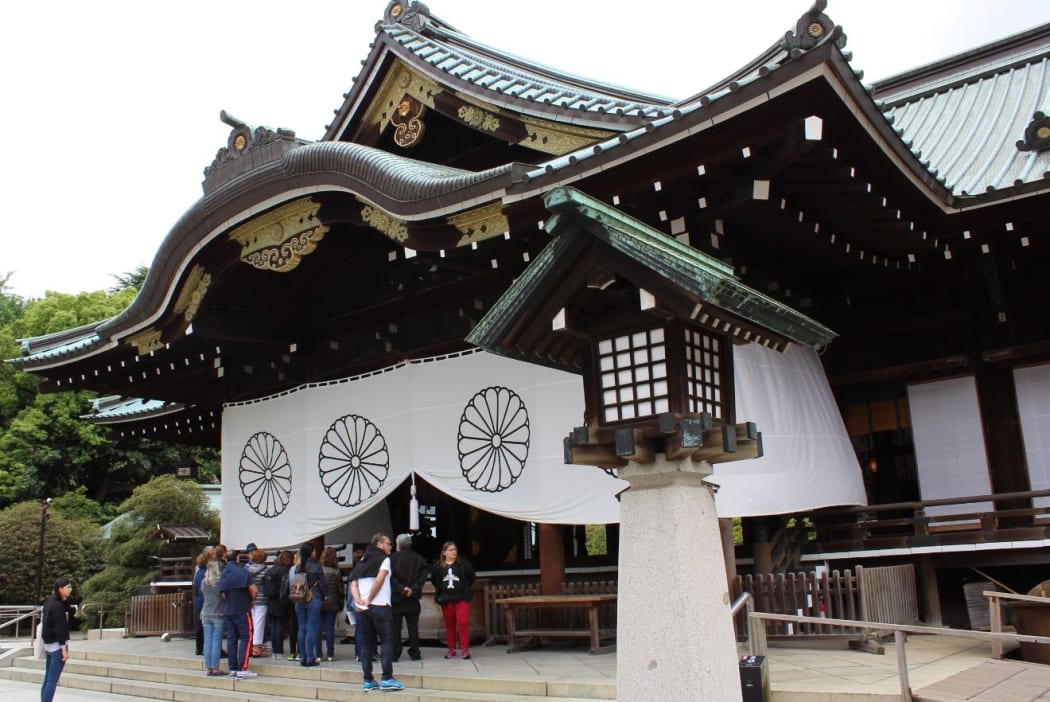
Yasukuni Shrine, a Japanese shrine to those killed in war. Photo: RNZ / Philippa Tolley
The memorial to that devastating strike is based around the wreck of the USS Arizona, which was sunk with the loss of more than a thousand sailors and marines.
Catch a boat out to the memorial that spans the sunken vessel and you can still see rusted funnels poking through the sea, the final resting place of those who died.
Drops of oil sporadically float to the surface from deep within the sunken ship. The rainbow sheen they spread across the water are known locally as the "tears of the Arizona."
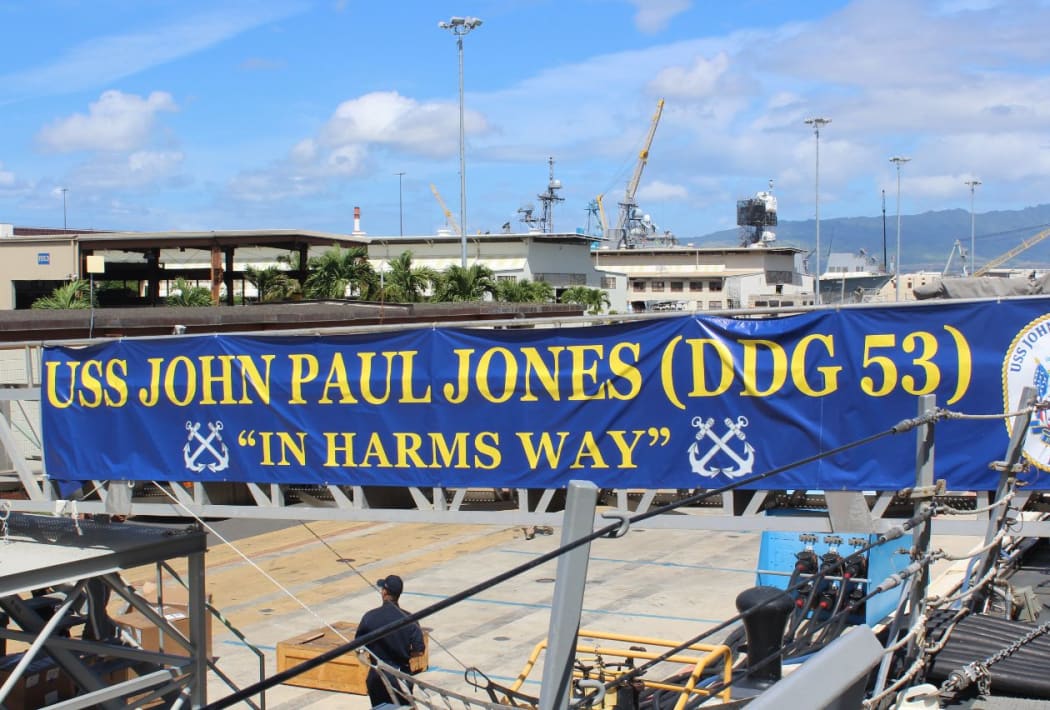
USS John Paul Jones is filled with young men and woman serving under the motto "In Harm's Way". Photo: RNZ / Philippa Tolley
Just across the bay is another navy ship, USS John Paul Jones, filled with young men and woman serving under the motto "In Harm's Way."
They are part of the force that will be called on if a missile from North Korea actually hit.
The head of Pacific Command, Admiral Harry Harris, has spoken of North Korea "as a clear and dangerous threat," and of having adequate forces to "fight tonight."
The John Paul Jones couldn't get underway that quickly but it can launch into action at short notice.
On board to look around, we clamber up and down near vertical ladders between decks and follow one another along narrow metal corridors. The Captain, Commander Scott Rossetti talks about how crew members take on significant responsibility at a young age, in just their early twenties.
Emerging onto the upper deck, he shows off the array of hatches that cover the missile launchers.
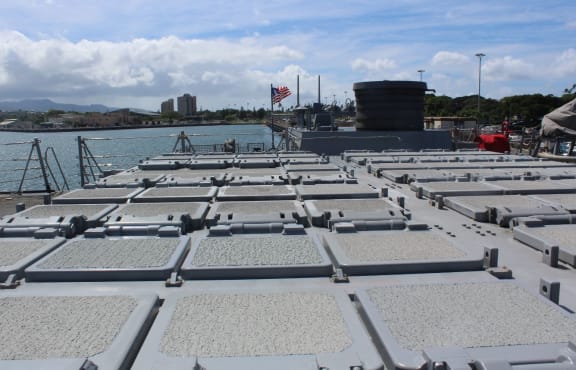
Missile launch hatches Photo: RNZ / Philippa Tolley
It is daunting to think what lies beneath those bland grey lids and what destruction they could bring to their targets.
While the US is clear over how it would respond, another nation within reach of North Korea's missiles is still struggling over what their defence should actually be.
Japan only maintains a self-defence force as set out in the constitution drawn up after World War II.
The Prime Minister, Shinzo Abe, wants the nation to have a proper army like any other country, not just one for self-defence. But any update of military status would require the constitution to be changed and that's a fraught matter.
Shinzo Abe wants the establishment of a regular army to be the legacy of his time in power.
But many accuse him of being overly militaristic.
There was outrage when, a few years back, he visited the Yasukuni Shrine in Tokyo that honours Japan's war dead, including some convicted war criminals.
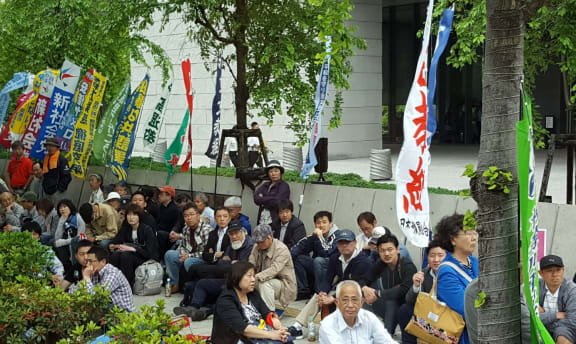
Photo: RNZ / Philippa Tolley
The Shinto shrine is a peaceful place, with elegant buildings, wide paths and neatly groomed trees.
But to many it also glorifies conflict and polls indicate that even decades after the end of World War II, a slight majority of people in Japan want to make sure there is never a repeat of the wars of the past; they want to stick with a self-defence force.
A day after visiting the shrine, we passed a long line of teachers protesting against the Prime Minister and any suggestion of a "normal" military force that would be allowed to strike first, even pre-emptively to defend the nation.
A Japanese journalist colleague explained the teachers were worried about the future their students might face.
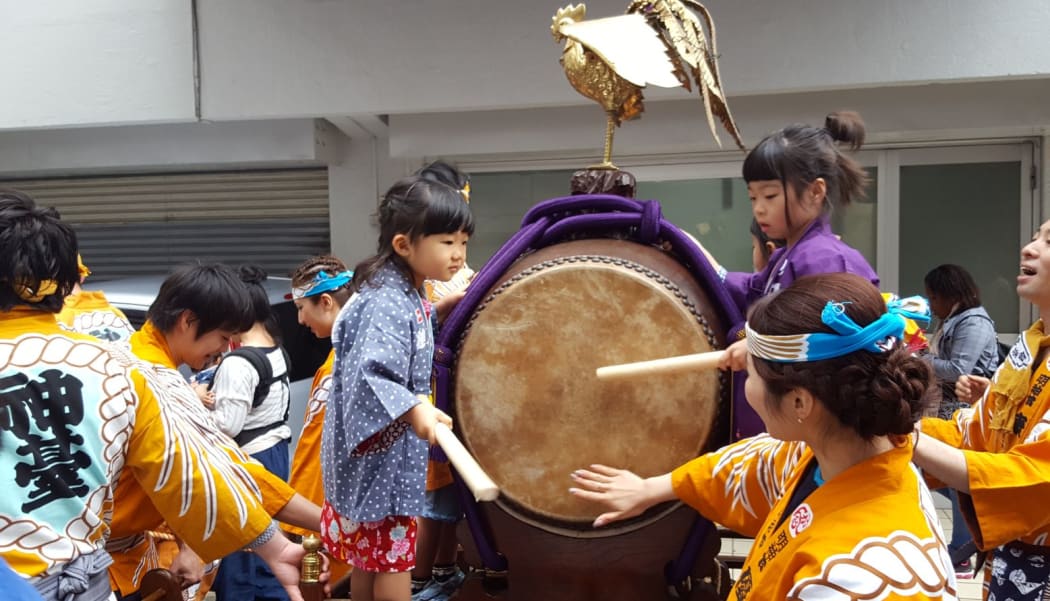
Photo: RNZ / Philippa Tolley
But while the teachers are thinking about those under their care, polls suggest it is the young in Japan who tend to favour the idea of Japan having an army like any other nation.
At the Yasukuni shrine, people visiting can leave a note with a prayer to the Gods. I wonder how many are praying for peace.
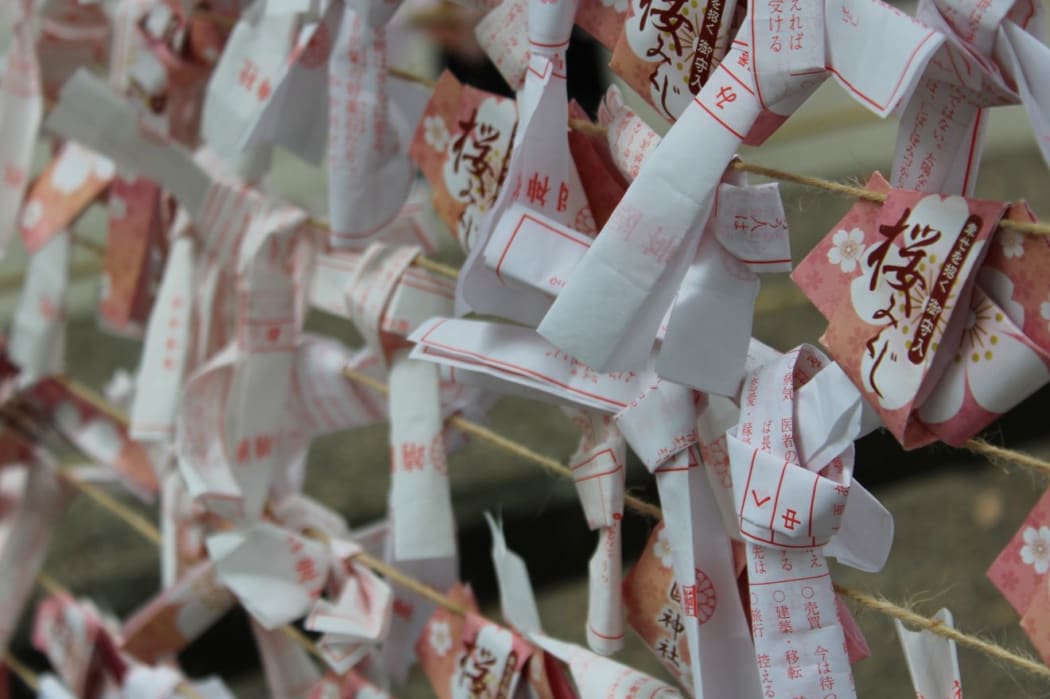
At the Yasukuni shrine, people visting can leave a note with a prayer to the Gods. Photo: RNZ / Philippa Tolley
Philippa Tolley is RNZ Insight's presenter and executive producer. She received the Jefferson Fellowship award for 2017 and is travelling with a group of other journalists around the Asia Pacific region. Her trip was made possible by a grant from the Asia New Zealand Foundation.

